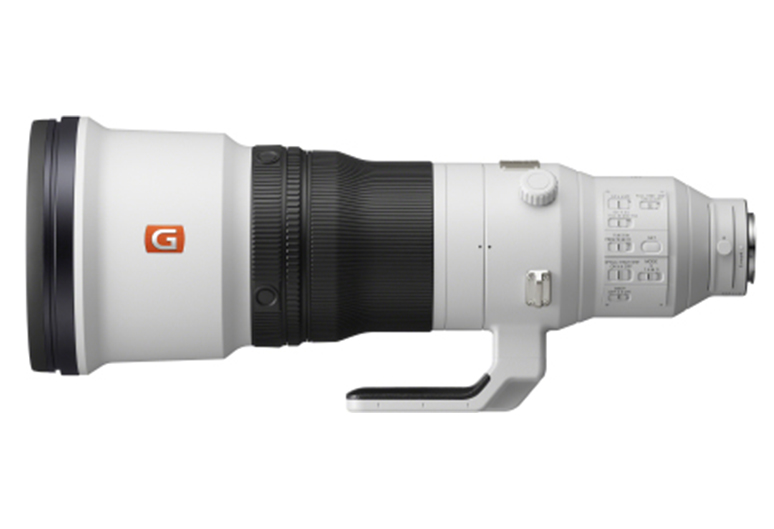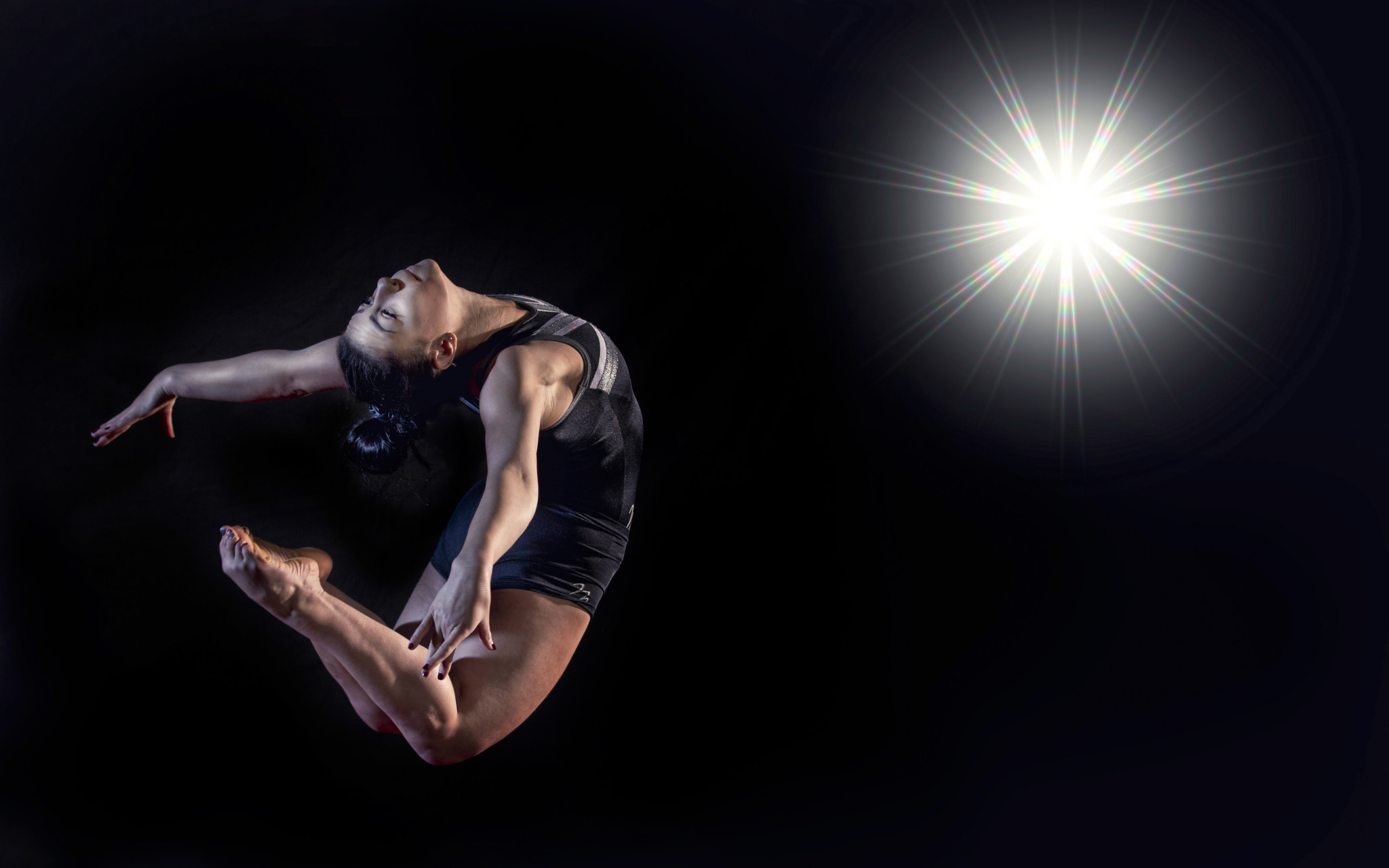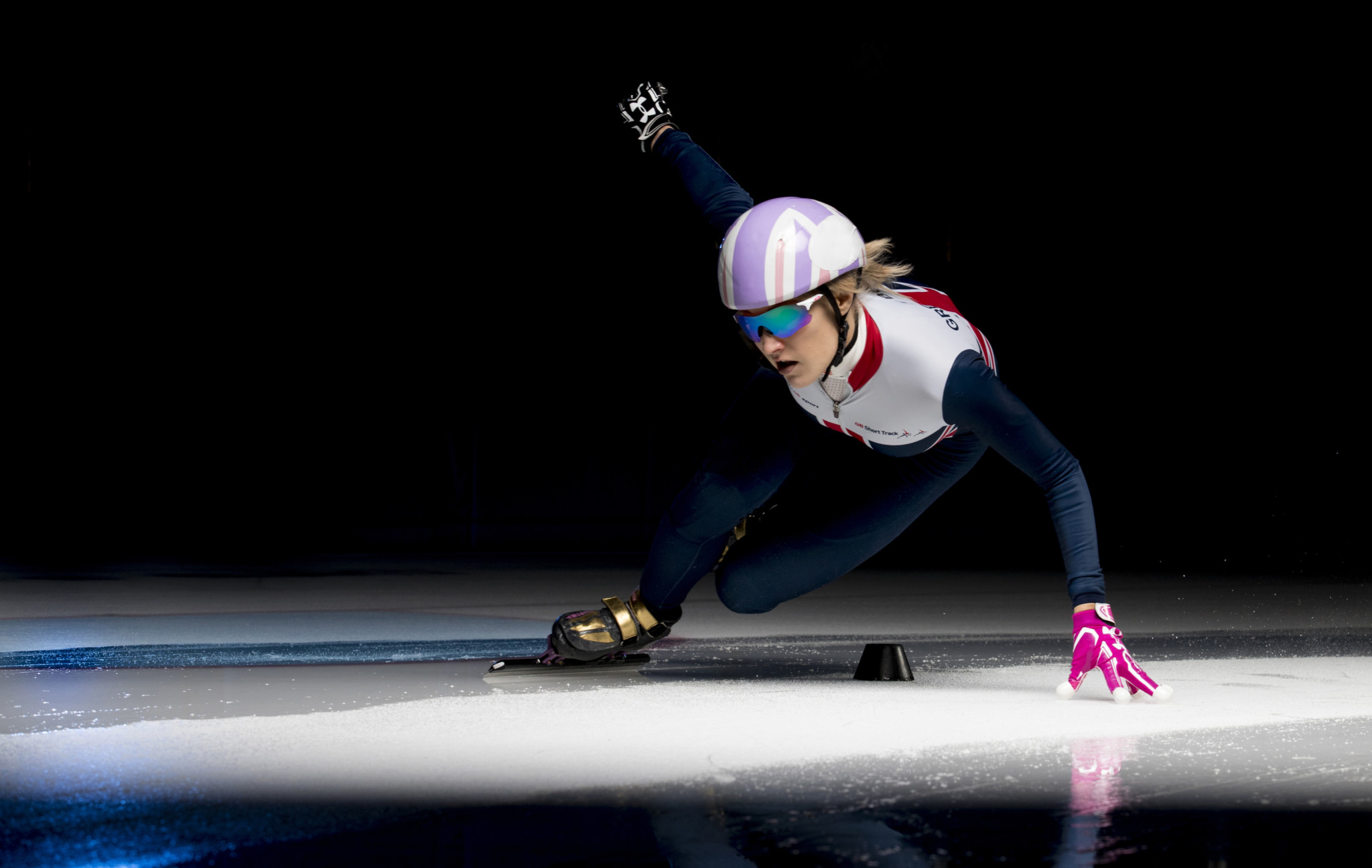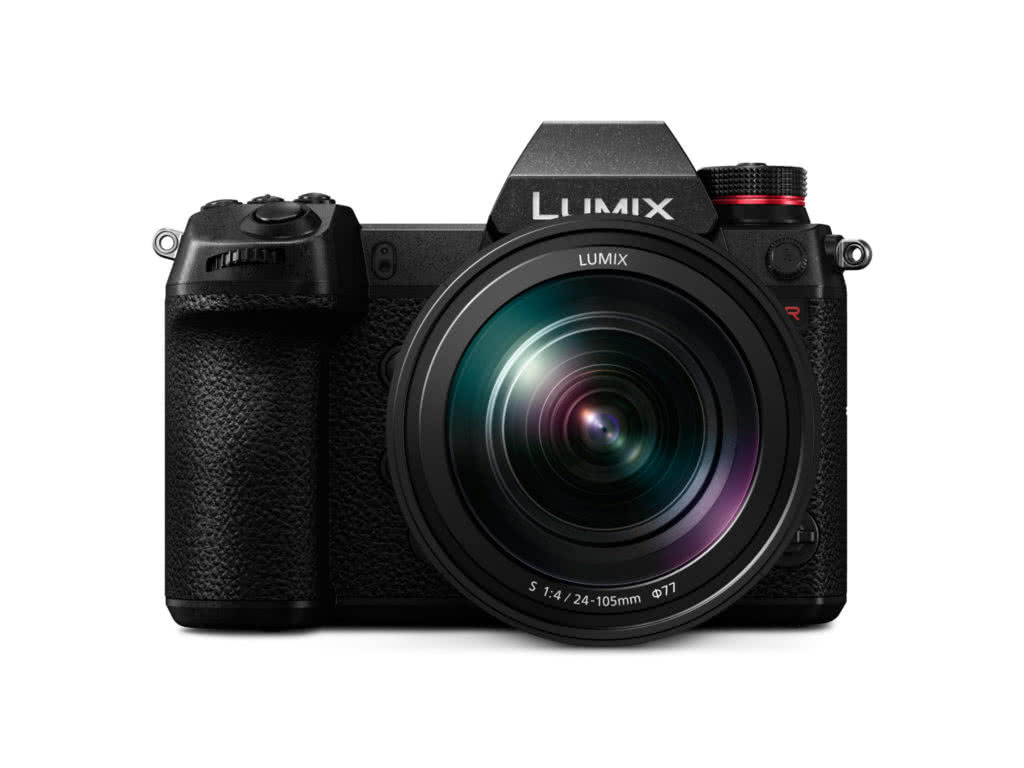Over 45 years of hard graft in the press photography industry, Mauro Carraro has seen it all. His career has taken him from selling home-printed shots to South London newspapers for £1 a pop, to following the Royal beat and gaining an infamous reputation in the Buckingham Palace press office, to working on staff as one of the in-house photographers of the hairdressing chain Toni & Guy and later TIGI.
Mauro is also a keen archivist, and has spent much of the past few years digitising his extensive back catalogue, hich he has been using to produce books of his images – his recent adventures into publishing include the book Kempton Park Autojumble Motorcycles and Stuff: Celebrating 30 Years, available on Amazon and eBay. He’s been a regular face at Fixation for some time now, and we thought it a great opportunity to hear a little more about the story of his career and the journey he’s taken to get where he is today.
So, over to Mauro! Read on for stories of the glory days of Fleet Street, sneaking into film premieres, and being told off by the Queen herself!
 Portrait of Mauro Carraro
Portrait of Mauro Carraro
Thanks for talking to us, Mauro. So talk us through how everything started out for you?
First I was a Saturday studio assistant for a wedding and passport photography studio based in Streatham in South London. In essence, I would help the main photographer there process the pictures he’d just done for his latest wedding, and get them back out the door so he could go back to the reception and sell prints to the old grannies who were there. He would come in and develop the negative, and then he’d go in and do some batch printing and I’d run it through the developer. We’d then give it a quick wash and a five-minute fix, and then to dry it, I would soak it in methylated spirits. After that I would head over to our little kitchen area where we had a naked gas flame, and I would burn off the methylated spirits. This meant most Saturdays I came home with my arms smelling of burned hair!
Later on when I was 17 or 18 I was at Croydon Technical College and some guys from the picture desk on the Daily Mirror came down to give all the students a chat. I remember Kent Gavin being there, and Freddie Reed, who was chief photographer at the time… they were telling us all these romantic stories of jetting off around the world, photographing wars and fashion shows and sport, and it was just seemed a very glamorous lifestyle.
When they were wrapping up their discussion, Freddie stood up and said:
“How many of you want to be press photographers?”
Obviously everybody put their hands up. So then Freddie said:
“Well, how many of you actually have your camera here now and carry it with you at all times?”
Literally two of us put our hands up! And that was it. That was when I thought to myself: Yes, I want to travel the world, and I want photography to be my vehicle for doing that
 1982 Kray Twins © Mauro Carraro
1982 Kray Twins © Mauro Carraro
And from there you started freelancing?
As a 16- or 17-year-old I’d already been doing bits and pieces for things like Streatham News, South London News, covering events like Tooting Carnival or the summer fair. Their staffmen didn’t want to work on weekends because they weren’t getting paid enough, so I’d get a pound for every picture I got published.
I was doing this when there was a robbery at the milk depot in Streatham. When the milk floats used to pick up their cash, they’d then come back and deposit it all at the same depot where they picked up their milk. And it got robbed! For quite a substantial amount. I was one of the first on the scene before they closed it all off, and after I got some pictures I thought: I know, I’ll see if there’s a national paper that’s interested . So of course the first national I went to was the Mirror, and they bought the picture.
There was a lot of camaraderie. Fleet Street was in its heyday – you had ten national newspapers all within walking distance of each other, so as a freelancer if I had a picture that the Mirror wasn’t interested in, I could walk around to the other papers and try to sell it to them. And that was what led me to try and create my own ideas for pictures. A lot of that was celebrity-driven, hanging around outside restaurant and theatre doors, and that was how I ended up getting a lot of my night-time shots. The Evening News would say “There’s a film launch tonight, would you go and cover it from outside?” because their staffer would have a pass and be on the inside. But, of course, me being the oik that I am, it wasn’t long before I was turning up in my dinner jacket, faking that I had a pass and sneaking into a lot of these events to get myself a much better set of pictures!
 1982 Kyde Park Bombing © Mauro Carraro
1982 Kyde Park Bombing © Mauro Carraro
How did you hide the camera?!
The thing was – in those days, if you turned up somewhere, wearing a dicky bow, with the intent of walking in, it was very few people who were brave enough to try and stop you! I have always been a confident bugger, and if you looked the part and acted the part, people tended to leave you alone.
 1980 Evening News Newsroom © Mauro Carraro
1980 Evening News Newsroom © Mauro Carraro
So what happened next?
When Lord Rothermere closed down the Evening News, I started wondering where I would get my daily shifts. I was still doing some stuff for the Mirror, and I remember one of the night editors saying to me, “There’s a young lady we think Prince Charles is most probably having a bit of a dalliance with, why don’t you go and hang around outside her place and see if you can get some interesting pictures of her?” Of course I’m talking about Lady Diana Spencer.
I ended up going to Earl’s Court, where she had her flat. There was a particular shot I was after for ages – her carrying her shopping home from the local Spar. I used to wait on the
corner for her to come walking back, and one afternoon it finally came about. She got very nervous and put the carrier bags up in front of me so I couldn’t take a picture – but, being the cheeky chappie I am, I said: “Look, I’ll carry your bags home for you if, someday, when it doesn’t look too bad, you don’t mind letting me have a picture of you.” And that made her laugh – she saw the humour and the fun in it. It meant that later on when I started photographing her in earnest, she knew my name. This led to Rex Features realising that I had the capacity for getting into royal occasions when a lot of other people couldn’t, and so they asked me to do the royal beat for them.
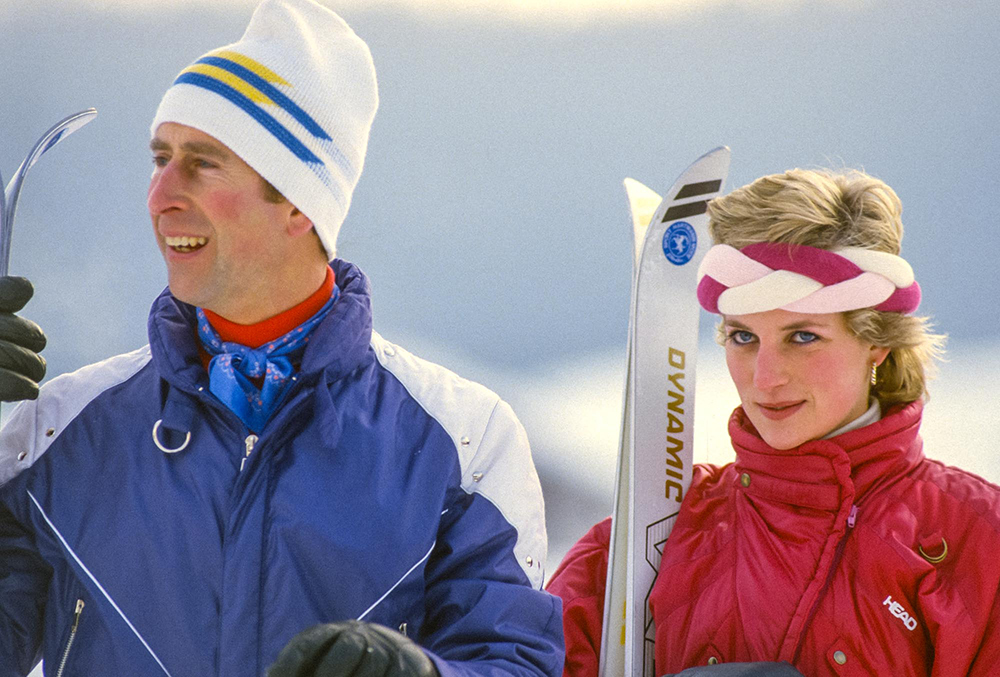 1984 Charles & Diana © Mauro Carraro
1984 Charles & Diana © Mauro Carraro
 1984 Diana © Mauro Carraro
1984 Diana © Mauro Carraro
And that lasted quite some time, didn’t it?
Ten years! Ten years of travelling around the world, chasing them on skiing holidays or going on the royal tour. Eventually Rex was recognised as part of the royal rota, so I then started doing official visits as an official photographer with a proper pass. I think the Palace saw that as a way of trying to stop me being the nuisance that I used to be – as I always say to people, I used to be like a bad penny, always turning up at the right time. Basically if they were out shooting something or chasing something or doing something they shouldn’t have been doing, usually I would pop up.
 1981 Prince Charles © Mauro Carraro
1981 Prince Charles © Mauro Carraro
Just at the point where someone’s thinking, “I hope nobody takes a photo of this.”
There I would be! I had a reputation of being the most hated man at the Buckingham Palace press office. It was with dread they would go into work in the morning, wondering what was on the front page that Mauro had gone and got a picture of.
I also had the distinction of being told off by every member of the Royal Family. I was always trying to find something different, looking for a different approach to the official pictures, and that led me to finding Prince Charles out fox-hunting. I didn’t realise it was him at first – I just saw a fox-hunter closing a gate and pulled up in my car, wound the window down and said, “‘Scuse me, have you seen –”, at which point Charles turns around and starts cursing at me like mad. I remember Prince Phillip up at Sandringham going off to shoot pheasants and swearing at us in French.
 1984 The Queen riding out with Diana © Mauro Carraro
1984 The Queen riding out with Diana © Mauro Carraro
At Sandringham I also got told off by the Queen! Which, I have to say, wasn’t very clever of us at the time. We saw the Queen ride out with Diana – she went off onto a bit of private land, but we knew where the lane came out. So we ran round there in the car, waited for her to come out and got the first set of pictures. Then she went off into a private field, but we knew where that field came out! So we ran around there and did a second set. At this point we thought the Queen might be getting a bit annoyed, so we went back to the stables to wait with the rest of the public. But then Diana came back – she’d been riding on ahead – and we wanted pictures of Diana so we started shooting away like mad. I got to the end of my roll of film, and as I dropped that camera to pick up another, I noticed there was a horse’s head right next to mine, and on that horse was the Queen, looking down at us. I started elbowing my partner – he just swears and curses at me because I’m jogging his elbow while he’s taking pictures. The Queen just waits for us both to stop and then says [launches into fairly decent Queen impression] “I think you’re so rude!” And then she just trotted off.
 1982 Queen Elizabeth II © Mauro Carraro
1982 Queen Elizabeth II © Mauro Carraro
Wow! What was the next step from that?
A few of us opened up a company that’s still running today called UK Press. There was a massive glut of photography agencies that opened up, mainly driven by the fact that there was an enormous amount of newspaper being printed. But we were entrepreneurial – we’d do things like go off and shoot a feature, process it, duplicate it, and then rush to the airport. We had the timetable of all the flights going to different European cities – we’d beg passengers to take our sets with them, and our agents in the other countries would meet them at the airport, take the pictures and sell them.
We represented about 20 photographers, and I had this whole circle of contacts I would sell pictures to. It was a bit like going to a car boot sale to a certain degree, you would go and hawk your wares to various different people. And because my in-roads into colour were a long way ahead of other photographers, I was turning up with material that was much sought after.
It’s still happening today, you know! Last week I got a call from the Mail for some of my Diana pictures, simply because all of the agencies that used to have Diana pictures have been gobbled up by Getty, and everything they’ve got has already been seen, and there’s stuff there that was scanned five or six years ago and the quality is really inferior to the scanners I’m using at the moment.
You’re doing quite a big archiving project at the moment, aren’t you?
With all of the agencies swallowed up by Getty, it’s all become very homogenised, and I think anybody who wants to go look for something unusual and different is bored – fed up with seeing the same thing over and over. I think any photographer who’s managed to curate their library stands to make themselves some income.
 1994 Derek Jacobi © Mauro Carraro
1994 Derek Jacobi © Mauro Carraro
 1998 Comic Relief © Mauro Carraro
1998 Comic Relief © Mauro Carraro
 1989 Debbie Harry © Mauro Carraro
1989 Debbie Harry © Mauro Carraro
And that’s on top of your day job at TIGI [the hair-products company set up by Toni & Guy]
I’ve been there for 16 years. The agency feature work led me to magazines, doing studio portraits for TV programs and films people were trying to promote. Those portraits led to me being seen by friends of mine in the hairdressing business. The hairdressing business in this country has developed over the last 30 years into something massive – absolutely massive. Some very wealthy people have made a lot of money out of having chains of salons. Luckily for me, two of those people were brothers who came from Streatham, and they were called Toni and Guy.
They said to me, we want to open up a studio because we’re doing a lot of photography for the hundreds of salons we’ve got, and we want to go digital. Can you take us to the digital era? I got lucky – I found someone who gave me a staff job to learn how to be a digital photographer!
 © Mauro Carraro
© Mauro Carraro
What was that transition like – was it difficult to go from being a world-travelling press photographer to an in-house studio man?
Funnily enough it wasn’t actually like that! Although we had the studio, TIGI was and is a global company, so I would be going to America, France, Italy, Hong Kong – all these different places to create photography and campaigns. The thing that actually struck me the most was having to work for the same people every day. Because I’d spent 25 to 30 years of my career waking up every morning wondering, “What am I going to do today? Who am I gonna make money out of? Where am I going to go?” And now I’ve spent 16 years with the same company.
Having said that, I am eternally grateful to them, because there are so many photographers from my era who are no longer in the business and don’t even pick up a camera any more, because they find this whole digital thing just too confusing for them. I’ve been very lucky.
I shoot something every day. Every day I’ll take pictures. Photographers are a bit like hairdressers – I think that’s why I work so well at TIGI – because every day they’re asked by their customers to create something to make them look beautiful, make them feel good, make them feel like a different person. And that’s what photographers do with their subjects – there’s nothing better than charming someone into doing something they wouldn’t normally do in order to get that picture.
I want to keep going with it and find new ways of keeping going with it, and that’s what led me to the motorbike book [Kempton Park Autojumble Motorcycles and Stuff: Celebrating 30 Years]. This was kind of an easy win for me. I’d spent the past ten years going to this motorbike event – because my other obsession, as well as cameras, is motorbikes – and I started doing Facebook pictures for them, giving them imagery to use, and before long I found I had about 5,000 pictures! And I’d been wanting to self-publish something, because although I’ve been publishing for TIGI for the last ten years their books, I had an urge to publish something of my own, with all the knowledge I’d gained from the print newspaper business and the print books business. I do see book printing very much like newspapers – as a dying art form. Although there does seem to be a slight resurgence.
 © Mauro Carraro
© Mauro Carraro
It’s proven quite resilient. I feel like the decline has happened but we’ve hit the hard floor of people who will continue buying books no matter what.
I don’t think for one minute I’m gonna be a millionaire out of all the books I create – I’m not going to be the next Jeffrey Archer!
I’m still a big believer that a picture paints a thousand words. There’s no two ways about it. When you now look at social media – yes, everybody used to upload lots of videos to Facebook, but I think now the more popular way of disseminating information is to put a nice picture up on Instagram or Facebook. So photography and the photograph are very much still there. It’s very much the popular way of doing things.
And for the motorbike book, I already had all that material. I used Lightroom to create my dummy copy, then I hawked that dummy round to various people, and I got an advance order of 200 copies purely from that dummy. I’m now halfway through the amount we had printed, so I’m kind of hopeful that books aren’t dead yet. That there is still a future.
You do need to think of a book project as a three- to five-year investment. In this case it took me five or six years to shoot all the pictures, then another year and a half to edit and design it – I was also working full time – and it’s taken me another year to get it off the ground. And now we’re a year on since I brought it out, and I’m just starting to see the fruits of it. These fruits aren’t just financial – it’s getting invited to places, being asked to talk about things (a bit like we’re doing now!) and it’s about raising my profile. I’d like to carry on as a photographer until they put me in a box, but you have to keep reinventing yourself to do that. You have to move with the times. When digital first arrived, all my colleagues at the time went, “I’m never gonna change! I’m always gonna shoot film!” Well, if you’re not going to change, you’re not going to move forward. Photography has always been about technology – ever since Fox Talbot first started painting those bits of glass.
Mauro was talking to Jon Stapley. More from Mauro can be seen at www.maurocarrarophotography.com, and you can pick up his latest books at his Amazon author page.
For Mauro’s fellow motorbike fans the next Kempton Park Autojumble is on the 20th of July.


